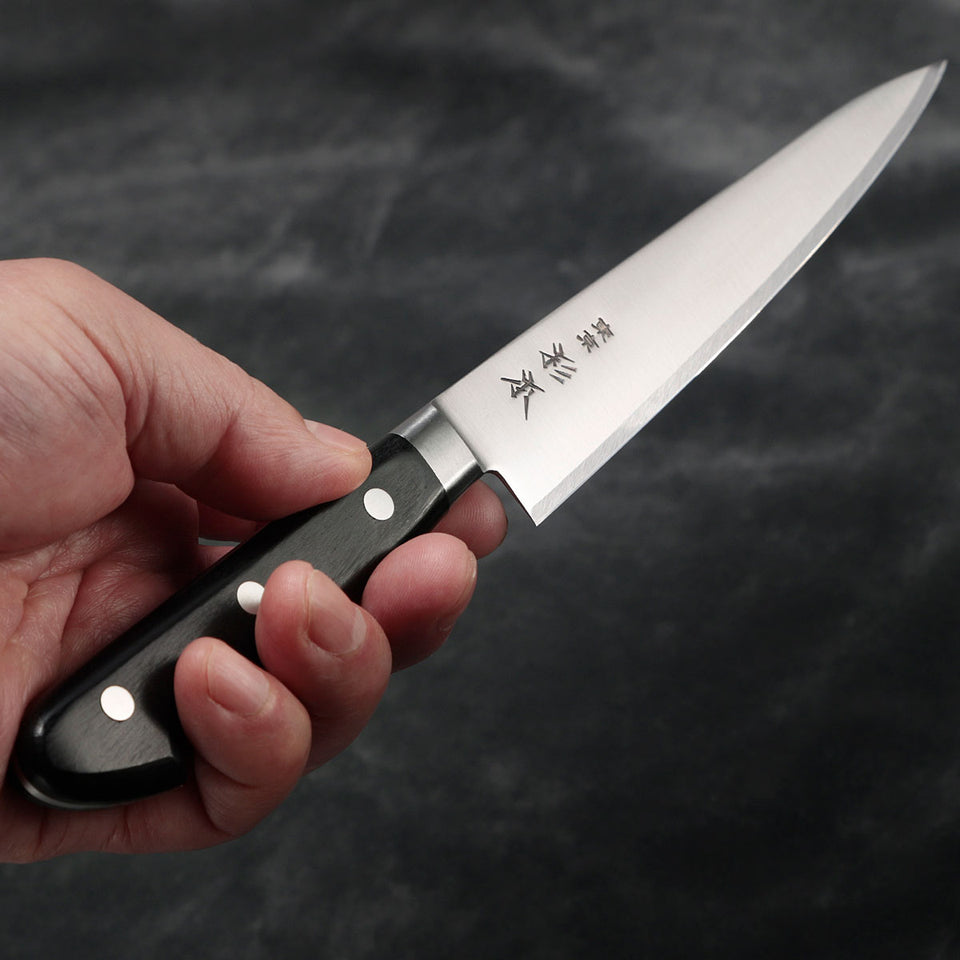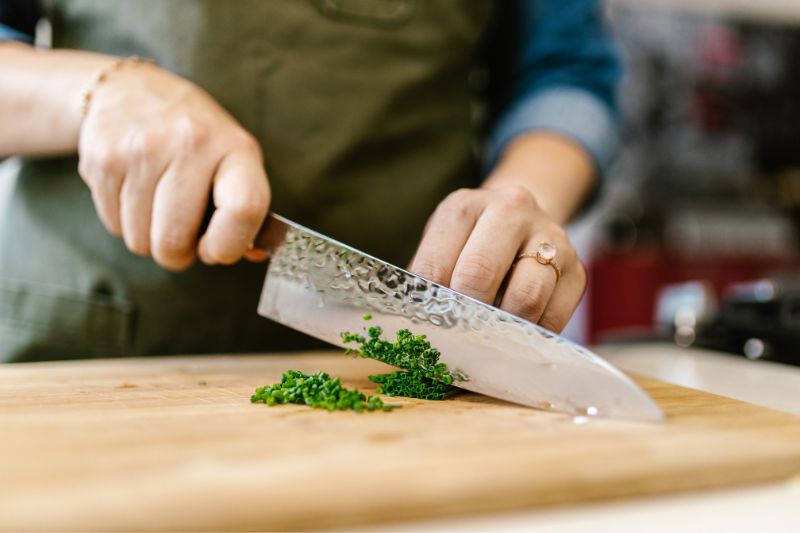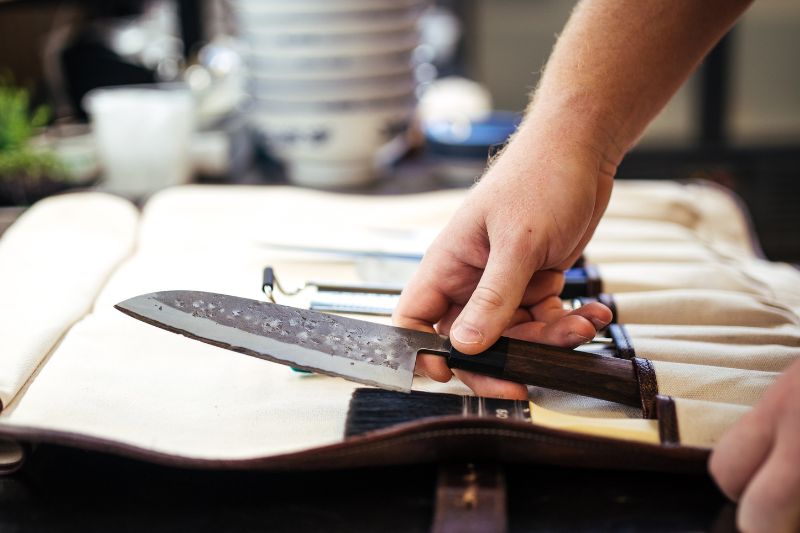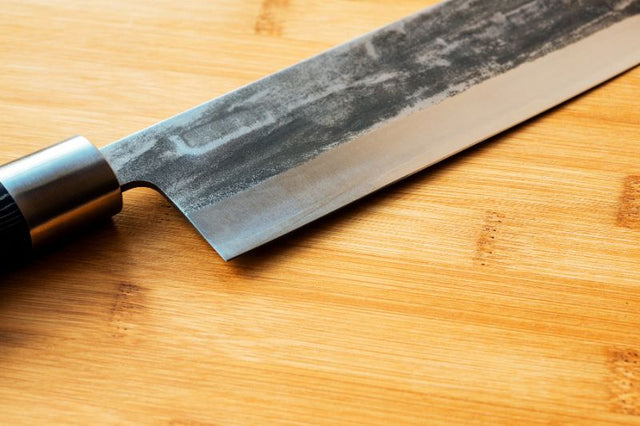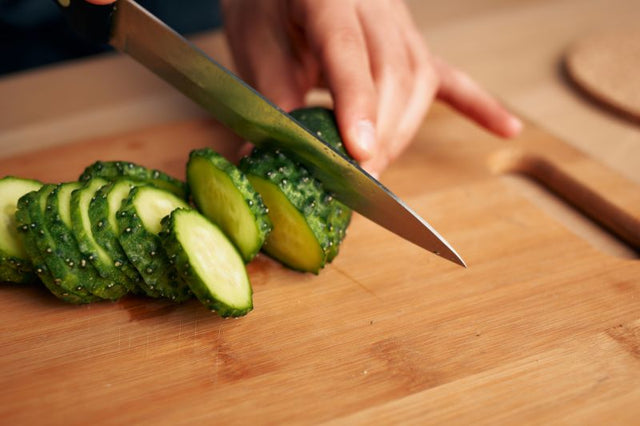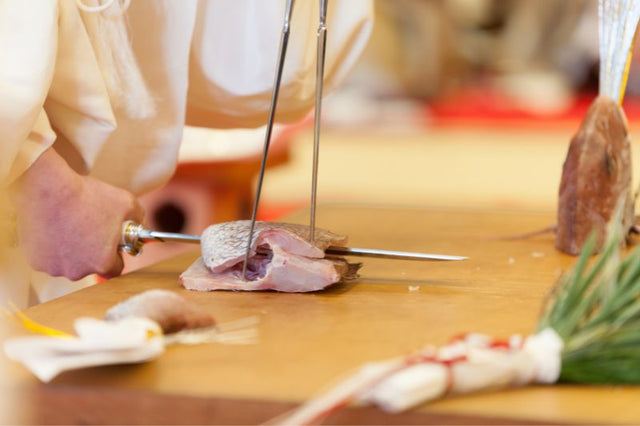Are you considering getting some excellent quality knives for your kitchen? You’ll likely find that your final choice will be between Japanese knives and German knives. Of course, there are other options, but these two sets dominate the market.
This article won’t conclude with a recommendation of the better option. Both deliver great function and service as long as you source them from a reputable dealer. It’s really more a question of what your knife requirements are for your kitchen. This would naturally depend on the usual things you prepare there.
Different Knife, Different Purpose
Each kitchen knife has a particular purpose. Case in point, a paring knife and a boning knife look very different from each other, indicating very distinct functions. The same is true for a steak knife and a bread knife.
When it comes to choosing between Japanese knives and German knives, you’ll have to consider a list of criteria for determining which ones are better for what you need. Take note as well that when we say Japanese knives in this article, we mean Japanese-made western-style knives such as Gyuto or Santoku.
There are traditional Japanese knives. These are naturally most suitable for traditional Japanese preparations. They are known to be single-beveled or to have a single sharpened edge, e.g., the sword-like wa-bocho (和包丁) such as Yanagiba (栁刃) seen at the sushi counter. These are not included in this discussion.

Criteria for Comparison
Japanese and German knives have their respective defining characteristics. Therefore, it will not be a matter of assessing which set is superior in quality. Instead, each criterion will demonstrate the appropriateness of their attributes for varying functions. So what are these elements to consider in choosing the proper knives to invest in?
Material
Both are made of steel, which, as you may already know, is a hard and strong alloy of iron with other elements, usually carbon. However, because of different forging techniques, steel comes in varying compositions.
Japanese knives are made of more rigid steel with a higher carbon content. This means that they’ll hold an edge a little better. But, at the same time, it also means that they are a little more brittle and prone to cracking and chipping.
On the other hand, the steel used on German knives may not hold an edge as long, but it also implies that they’ll last longer.
Construction
For the untrained or unenlightened eye, it would be hard to spot the differences in construction between the Japanese and German knives since they’re pretty subtle. German knives are generally made full-tang. This kind of construction features a single piece of steel extending from the tip of the blade to the butt of the handle. The blade is balanced and symmetrical, making it easy for both right-handed and left-handed people to use.
Meanwhile, Japanese knives have slightly more tapered blades inside the handle, giving them a lighter and more front-weighted feel. This allows for better control of movement. They also boast asymmetrical blades with the cutting edge angled at 70:30, making them more suitable for right-handed users. Nonetheless, there are Japanese knives that are specially constructed for leftie use, so make sure you specifically get those if you’re left-handed.
Design
Japanese knives are generally thin and light, perfect for controlled and precise cutting. This is partly achieved by their bolster-free design. The bolster is the thick junction between the blade and the handle, providing a smoother yet clearer transition between these two parts.

It also adds to the knife’s durability and counterbalance. The bolstered German knives are consequently thicker and heavier but more utilitarian and versatile.
Blade
The blade is the most crucial part of a knife. The distinction becomes more apparent when studying the blades of Japanese and German knives.
- Edge
Looking at their blades, you can easily see that those of Japanese knives tend to be thinner and slimmer with straight and incredibly sharp edges, while those of German knives have a curved geometry, hence the rocking motion when chopping with them.
- Angle
As a rule, a Japanese knife blade is at an angle between 12 to 16 degrees, while a German one would boast a wider angle at 17.5 to 22 degrees. The narrower angle of Japanese knives only allows a small cutting path, which means less damage to the food and, again, better suitability for precision work.
- Finish
German knife blades are usually machine-finished, while Japanese ones are more often than not carefully hand-honed and hand-refined by a master craftsman. (All our knives are of this type that is hand made)
Function
As mentioned, German knives and Japanese knives specialize in different kitchen tasks. Because of the combination of their particular attributes, Japanese knives are best reserved for slicing and other precision cuts like julienne, small dice, chiffonade, and tournée. You don’t want to cut through bones, frozen meat, and other hard foods with a Japanese knife. It’s better to reserve it for more delicate kitchen tasks.
Since German knives are thicker and sturdier, they can handle much more abuse. In addition, they are more versatile in that they can chop and prep vegetables, cut bone, as well as saw through frozen and other hard foods; however, they won’t quite pass muster for finer, more detailed prep work.
Conclusion
Clearly different from each other, Japanese knives and German knives are nonetheless both worthy investments. The kitchen presents both robust and fine chores. The smart way to go is to have both German and Japanese knives on hand for the varying demands of your daily menu. Doing so would bring your kitchen cutting skills to the next level. The only caution would be to ensure that you source your knives from reputable dealers. This will guarantee the quality of your investment.
Get Free Bonus Books
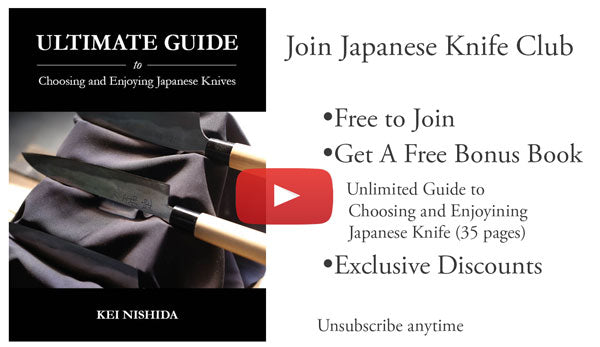
Sign up for free to the Japanese Knife Club to get advice and exclusive articles about how to choose Japanese Knives, and tips and tricks for using Japanese knives.
About the author
Kei Nishida
Author, CEO Dream of Japan
Certification: PMP, BS in Computer Science
Education: Western Washington University
Kei Nishida is a passionate advocate of Japanese craftsmanship, a writer, and the founder and CEO of Japanese Knife Co., Japanese Green Tea Co., and Japanese Coffee Co., all part of Dream of Japan.
His journey began with a mission to introduce the world to the exquisite flavors of Japanese green tea. Through Japanese Green Tea Co., he pioneered the import of premium tea grown in nutrient-rich sugarcane soil, earning multiple Global Tea Champion awards. He then expanded into the world of coffee, launching Japanese Coffee Co., the first company to bring Sumiyaki charcoal-roasted coffee to a global audience.
With a deep appreciation for Japanese artistry and tradition, Kei turned his attention to one of Japan’s most revered crafts: bladesmithing. Through Japanese Knife Co., he made handcrafted katana-style knives, created by a renowned katana maker, available outside Japan for the first time. These exceptional knives embody centuries of samurai sword-making expertise, blending tradition with modern functionality for chefs and collectors alike.
Kei’s journey continues as he uncovers and shares Japan’s hidden treasures—one sip, one blade, and one legacy at a time.

